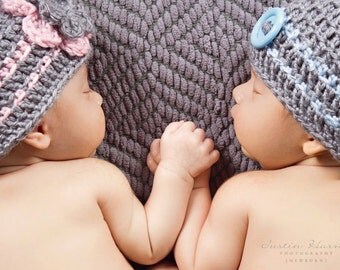 A Naming Ceremony is a wonderful way for parents,
grandparents and others to welcome a child/children into a family. There are
many ways to be a parent though and lots of different types of families. Watch
any advert break on TV and you will come away with the view that the family
consists of two parents – a father and a mother – and a couple or three
children, probably quite evenly spaced in terms of age. Clearly, this does
represent one type of family, one version of parenthood, but there are others.
Single parent families and same sex parents are just two challenges to the stereotype and there are children who do not live with their parents but with
other family members, with foster carers or in social care.
A Naming Ceremony is a wonderful way for parents,
grandparents and others to welcome a child/children into a family. There are
many ways to be a parent though and lots of different types of families. Watch
any advert break on TV and you will come away with the view that the family
consists of two parents – a father and a mother – and a couple or three
children, probably quite evenly spaced in terms of age. Clearly, this does
represent one type of family, one version of parenthood, but there are others.
Single parent families and same sex parents are just two challenges to the stereotype and there are children who do not live with their parents but with
other family members, with foster carers or in social care.  The next thing to think about is just how does one become a
parent? Although many children live with and are cared for by their biological
parents others may spend some of the time with at least one stepparent or
stepparents. Stepparents themselves may also be biological parents and families
in contemporary society can be complex in terms of sibling relationships as
well as parental ones.
The next thing to think about is just how does one become a
parent? Although many children live with and are cared for by their biological
parents others may spend some of the time with at least one stepparent or
stepparents. Stepparents themselves may also be biological parents and families
in contemporary society can be complex in terms of sibling relationships as
well as parental ones. New Reproductive Technologies (NRTs) make things even more varied and through, for example, in vitro fertilisation (children conceived in this way being commonly referred to as test-tube babies although in fact eggs are in fact fertilised in a petri-dish and not a test-tube), surrogacy and sperm and egg donation, heterosexual and same sex couples and single women and men are able to achieve parenthood. We can be forgiven for thinking that all of these options are recent ones but there is a reference to surrogacy in the bible and the first recorded case of sperm donation was in the 1700s. For those who decide against these options – either via medical assistance or through a more DIY approach – adoption, either through links at home or internationally, may be more attractive.
However a family is created or formed the relations and
relationships between children and their parents are significant. This is not
always reflected in the way some families are represented. Words like normal,
natural and real are sometimes used to describe biological relationships
achieved without medical assistance and thus the assumption can be that non-biological parenthood and child/parent
relationships achieved following technological help are abnormal, unnatural, unreal.
BUT given the different social and technological choices and opportunities that many now have all of the options mentioned above are in fact normal and genuine, that is real, and definitely NOT extraordinary or unnatural. Furthermore, it is the relationships that we develop and nurture with children - as (biologically related or not) family members, as friends, as guardians, as childcare workers and so on - that we should value and celebrate the most.











.jpg)




